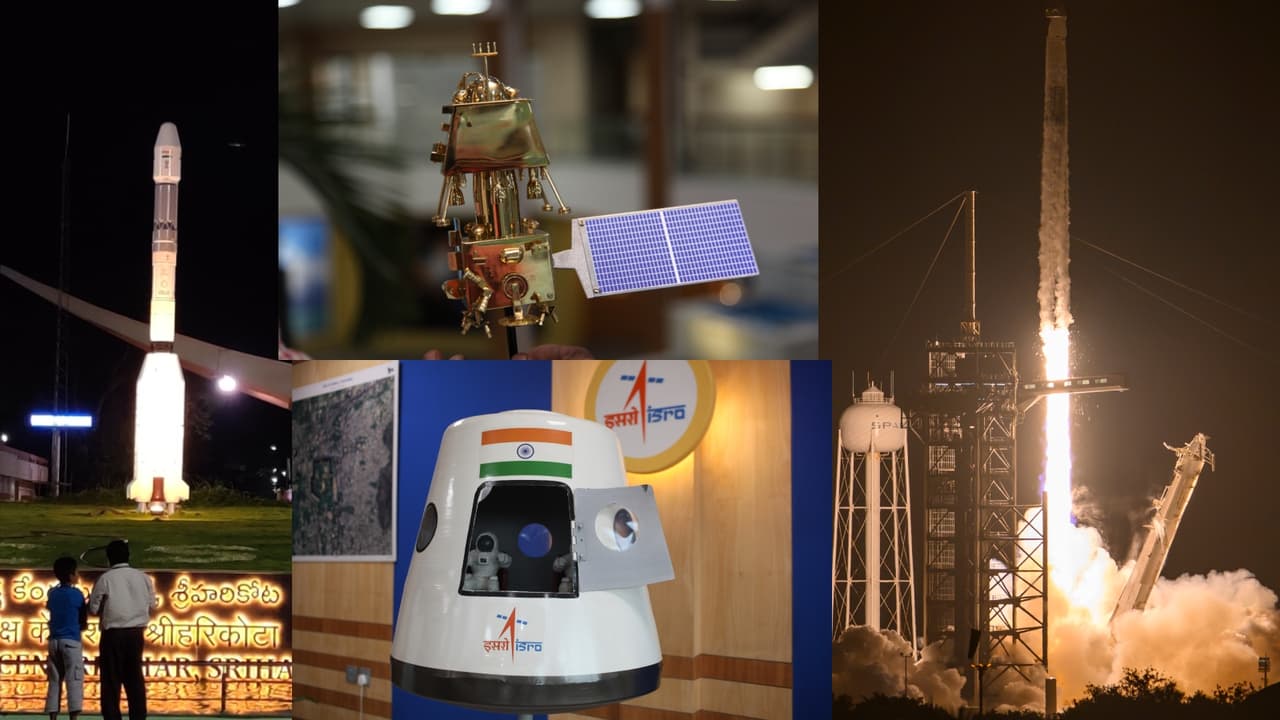NCERT Space Module: NCERT has launched a new module on the Indian space program for school students, which has been informed about achievements, start and future schemes like Chandrayaan-3, Aditya L1 and Indian Space Station. Know special things
NCERT MODULES on India Space Journey: Do you know that rockets were once carried on a bicycle and bullock cart to the launching site in India? But today the same India is counted in the world’s cheapest and trusted space power. From landing on the historic moon of Chandrayaan-3 to Aditya L1 Mission, which opened the secret of the Sun, India has shown what was impossible to imagine. Children of schools will now also read this magnificent journey, because NCERT has released special modules named “India: A Rising Space Power”.
What is in special NCERT special modules?
These modules are built for two levels. One for middle school children and the other for secondary students. In this, India’s space journey is explained through photos, diagrams and timelines, so that children can easily know how small steps changed the big dream in reality.
Where did India’s space journey start?
It explained how in 1962, the incospar, led by Vikram Sarabhai, later turned into ISRO and then made such feats one by one, which made India stand in the world’s top space powers. In the initial phase, Aryabhata Satellite (1975) and Site Project brought to TV in every village. Today is the era when Chandrayaan-3 made India the first country in the world by making a historic landing on the southern pole of the moon in 2023. India’s space heroes have also been remembered in these modules. For example, Squadron Leader Rakesh Sharma, who came to space with the Soviet Mission in 1984, and the first Indian group Captain Shubhanshu Shukla, who lived on ISS in 2025.
India’s big space missions which surprised the world
In this book, big missions of India have also been given special place. Chandrayaan-1 discovered water molecules on the moon, Mangalyaan (2013) made India the first country in Asia and the only country in the world that reached Mars in the first attempt. The orbiter of Chandrayaan-2 is still sending important data from the moon and Aditya-L1 (2023) is studying the sun. In the coming time, NASA-ISRO NISAR satellite will give important information on the earth’s snow, forests and natural disasters. Apart from this, the Gaganyaan Mission will send humans into space and there is also a plan of Indian Space Station (BAS) in future.
India’s space program from space to normal life
India’s space program is not limited to the discovery of Chand-Suraj. Its effect is also on our everyday life. From Navic Navigation System to Tele-Education, Telemadicin, Weather Information, Farming and Disaster Management Tama, Space Technology is helping us everywhere. Today, India has become a reliable and cheap space hub not only itself but for the whole world. The ISRO has so far launched 131 Spacecraft Mission and 101 launch mission, with more than 430 foreign satellites in 35 countries.
Also read- Controversy over school books, NCERT formed a committee, issues like Jaisalmer, Ahom History and Paika Rebellion will be investigated
More than 200 space startups are doing work with ISRO
This module of NCERT also describes how more than 200 space startups are working with ISRO and international agencies today. The government has also set a target that by 2035 India will hold 8% of the world’s space economy. Overall, this module will not only tell children the space story of India, but also teach that hard work, jugaad and scientific thinking can fulfill any dream in the world.
Also read- NCERT’s new module for school students on India-Pakistan partition: Congress, Jinnah and Mountbatten were responsible
